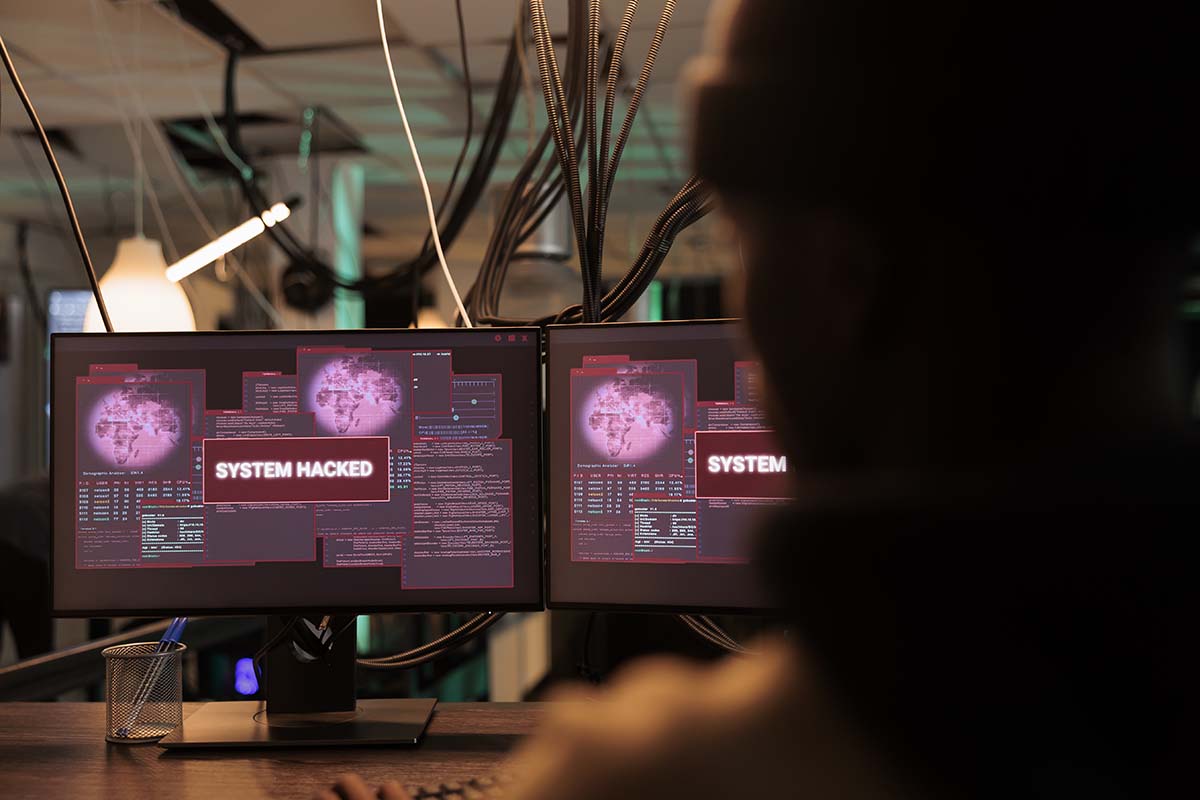Ransomware Defense in Depth: Strengthening Your Security with Best Practices
In today’s modern world, ransomware has become a massive threat. Not only is it disrupting lives personally, but also affects people on the professional front. Ransomware is usually understood as an attack where cybercriminals encrypt all critical data and expect you to pay a hefty fine in return.
To keep yourself safe from this menace, use a proper defense strategy known as defense in depth. To stay well protected from this issue, make sure you use a defense strategy. Today, we will cover what ransomware is, why this happens to be a concern, and some of the most significant practices you can keep in mind to use the security and strength of systems against ransomware attacks.
What You Should Know About Ransomware
This is the type of software where you can find your own files, get a ransom payment for the release, etc. This could be some confidential content like business documents, family photos, or even computer hostages done by cybercriminals. While this may seem terrifying, knowing how this works is the first step you need to take to defend it.
What does ransomware do?
It usually infiltrates the computer by using deceptive or malicious downloads/vulnerabilities in your operating system. It is dangerous as once it is in your system, it will encrypt the files and make them completely inaccessible. Criminals then expect you to pay up more instantly so that there is more guarantee in what they will do.
The Need for Defense in Depth
So, you can do much with a simple security measure regarding ransomware attacks. It would be best if you had something more sophisticated. That is where ransomware defense in depth comes in. This is a place where you need to include layering various practices as well as technologies to create your defense system.
Best Practices for Ransomware Defense
Now that we know what ransomware is and what constitutes a line of defense, let us take a look at some of the practices you can keep in mind to strengthen the security system.
Daily Backups
Always having backups is like using a spare key to handle a difficult situation. If ransomware comes your way, you can restore the files using a clean backup. Just make sure the backup is done well and is well stored from the network. In that way, the ransomware will not be able to reach the backup files.
Keep Software Updated
Software developers also release new updates to protect your content and data from the vulnerabilities that cybercriminals are always on the lookout for. Ensure that your operating system, antivirus software, applications, etc. are in place. So, make sure to auto-update them from time to time. A proper and updated system keeps you a lot more resilient against ransomware attacks.
Be Careful of Suspicious Emails
Several ransomware attacks also begin with deceptive emails. However, never open attachments or links that have suspicious sources. Cybercriminals use phishing emails in order to trick you from the malicious files. So be very careful and make sure to verify the authenticity of the sender.
Have An Anti-Malware Software
Anti-malware software can always detect or block malicious programs, including ransomware. Make sure you invest in proper security software and run the scans regularly on the computer in order to make sure it does not have threats.
Educate Your Family
Believe it or not, cybersecurity is a shared responsibility. You have to ensure that your family and you understand everything that includes online safety. Ensure you teach them to understand the signs, suspicious links, attempts related to phishing, download requests, and unsolicited requests.
Use A Firewall
Using a firewall is like keeping a gatekeeper who will monitor the ongoing traffic that is incoming. It will also prevent any unauthorized access so that you control the ransomware from spreading far and wide inside the network.
Have A Unique Password
People think this is not important, but we stand by it. It would be best if you had a strong password that is not easy to guess. Always keep a password that is easy to generate. Also, store passwords that are complex in a secure manner.
Segment The Network
If you have your home network, make sure you consider segmenting it. This means that you need to divide your network into various zones, all of which need to have specific settings in terms of security. When you do this, you will be able to contain the attack within one zone and easily prevent that from spreading into other parts of the network.
Develop A Good Response Plan
Always be ready for the worst cases by creating responses that are structured and proper. Having a proper plan will outline the steps that you need to take, especially in the cases of ransomware attacks.
Invest In Security Training
Several organizations will offer awareness training for many employees, especially because they are extremely valuable for all individuals as well. Such programs will help you understand and respond to all the threats in an effective manner.
Test Your Security Regularly
Last but not least, make sure you check your security defenses to find weaknesses and vulnerabilities. This will include running tests that stimulate attacks in order to uncover any weaknesses within the security.
Ransomware Defense in Depth: Conclusion
Since ransomware is always rising, you need to develop a proper defense strategy. Defense in depth in fact, is one of the best practices that enhances your security and keeps your digital life protected from its threat.
When you follow these measures, you will be prepared to handle the attacks. So, even if the infection occurs, the data will keep you secure and safe. So always remember that digital security is an important responsibility, and the more you stay guarded, the safer your presence will be online. So. make sure you stay informed, stay vigilant, and use ransomware defense always.




















